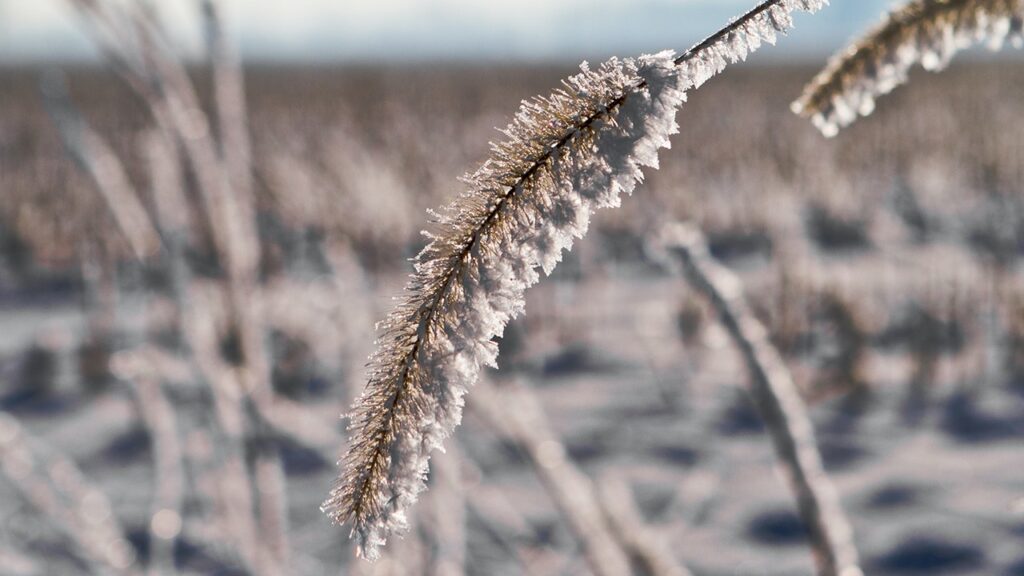
Winter wheat is grown throughout Europe and North America, and in Siberia.
It was brought to Kansas by German-Russian Mennonites in the 19th century. Mark A. Carleton worked for the United States Department of Agriculture (USDA) as a crop explorer and went to Russia to find other wheat varieties and worked with Kansas State University researchers to develop new ones. Winter wheat production quickly spread throughout the Great Plains. Hard winter wheats have a higher gluten protein content than other wheats. They are used to make flour for yeast breads, or are blended with soft spring wheats to make the all-purpose flour used in a wide variety of baked products. Pure soft wheat is used for specialty or cake flour. Durum, the hardest wheat, is primarily used for making pasta. Almost all durum wheat grown in North America is spring-planted. For winter wheat, the physiological stage of heading (when the ear first emerges) is delayed until the plant experiences a period of 30 to 60 days of cold winter temperatures (32–41 °F).
